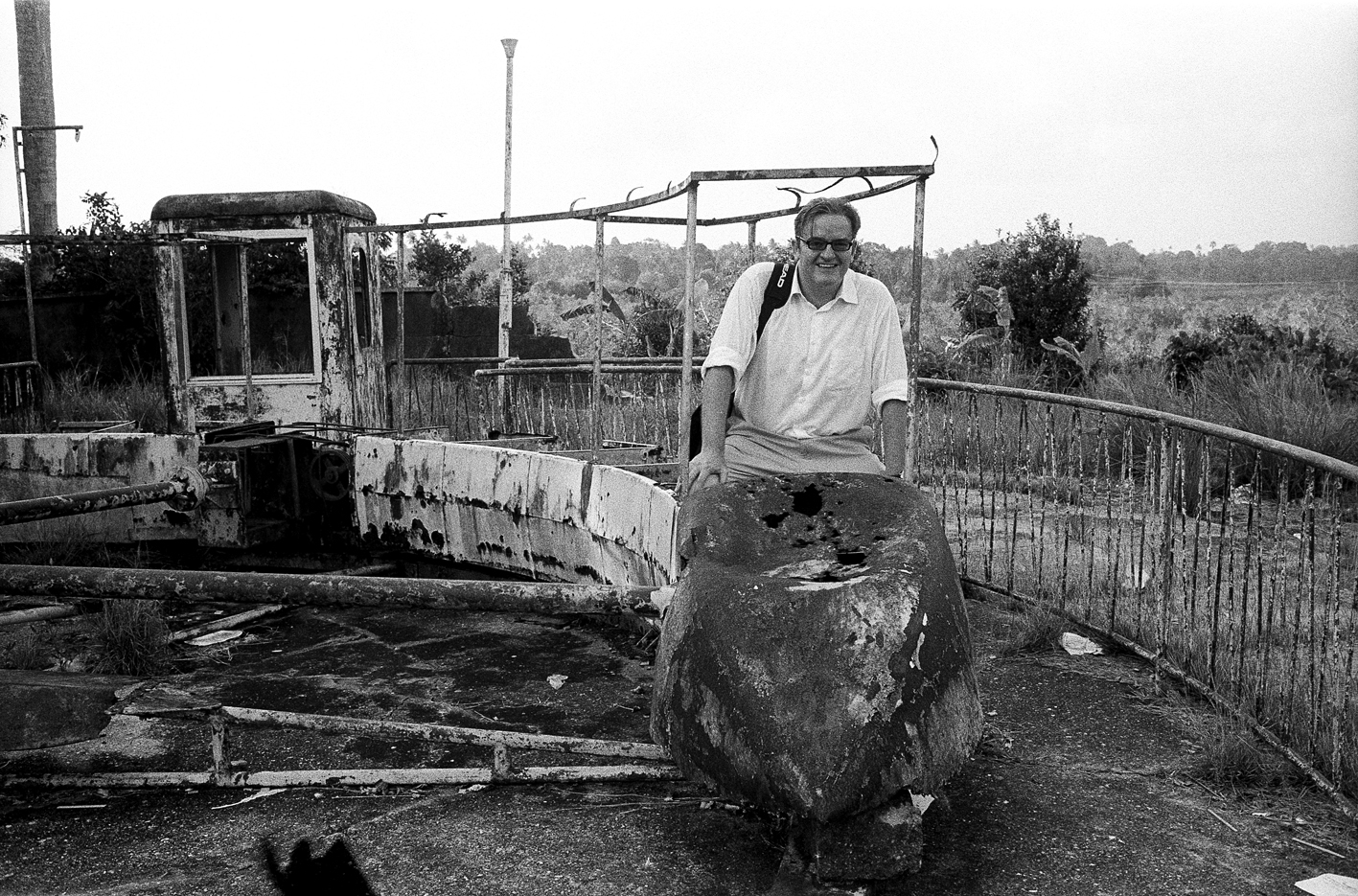11. Kentia Palm (Howea Forsteriana). A simple no nonsense old fashioned palm tree, that doesn’t really do anything except remind you of tropical beaches.
And here are its fruit.
12. Bombax (Chorisia Speciosa). The elderly king of trees in this garden. A mighty goliath from Brazil. Its long curvaceous trunk rises up into the sky, topped with a huge rounded crown way up in the canopy. It has big mauve-pink flowers with yellowish-white and pink into the middle. Its big oval woody capsuled fruit split open on the tree, revealing seeds embedded in fine white fibres, which yield cotton-like material, which is used for stuffing toys and cushions. An exciting tree!
13. Candelabra Euphorbia (Euphorbia Candelabrum). Posh name! A local tree, but from the savannah. It has a crown of big spiky succulent branches, kind of half tree half cactus. In traditional medicine part of it is given to women after childbirth to clear out the afterbirth. Ooowsh. This is done very carefully, because the soft branches also produce a sticky white latex that is extremely poisonous – a single drop in the eye can cause blindness, and will blister the skin of a cow. Its small yellow-green flowers attract bees, but the honey can’t be eaten as it irritates and burns the mouth. Beware this tree!
14: Green heart (Warburgia Ugandensis). A large evergreen, also called Pepper-bark tree. It’s got spicy leaves, which are sometimes used in curries as a chilli substitute. The resin can be used as glue, and the wood makes great timber for building things, but tends to get eaten by termites. As traditional medicine an infusion of bark and roots helps cure stomachache, toothache, fever, colds, malaria and general muscular pains. The bark, when powdered and taken in small quantities also helps deal with most of the above. The roots are also good for plugging diarrhoea (not literally), while another mix of the bark and leaves cures malaria (with the small side-effect of causing violent vomiting). It’s even got edible seeds – try some on your salad!
15. Avocado (Persia Americana). Tried to grow one of these in my bedroom as a kid – it never got bigger than about 50cm. There are a few in the garden and they can get up to 10m! They get lots of flowers but only 1 in 5000 turns into a fruit.
The fruit is full of protein and vitamins – we just had this one in our salad. Melted in the mouth.
































